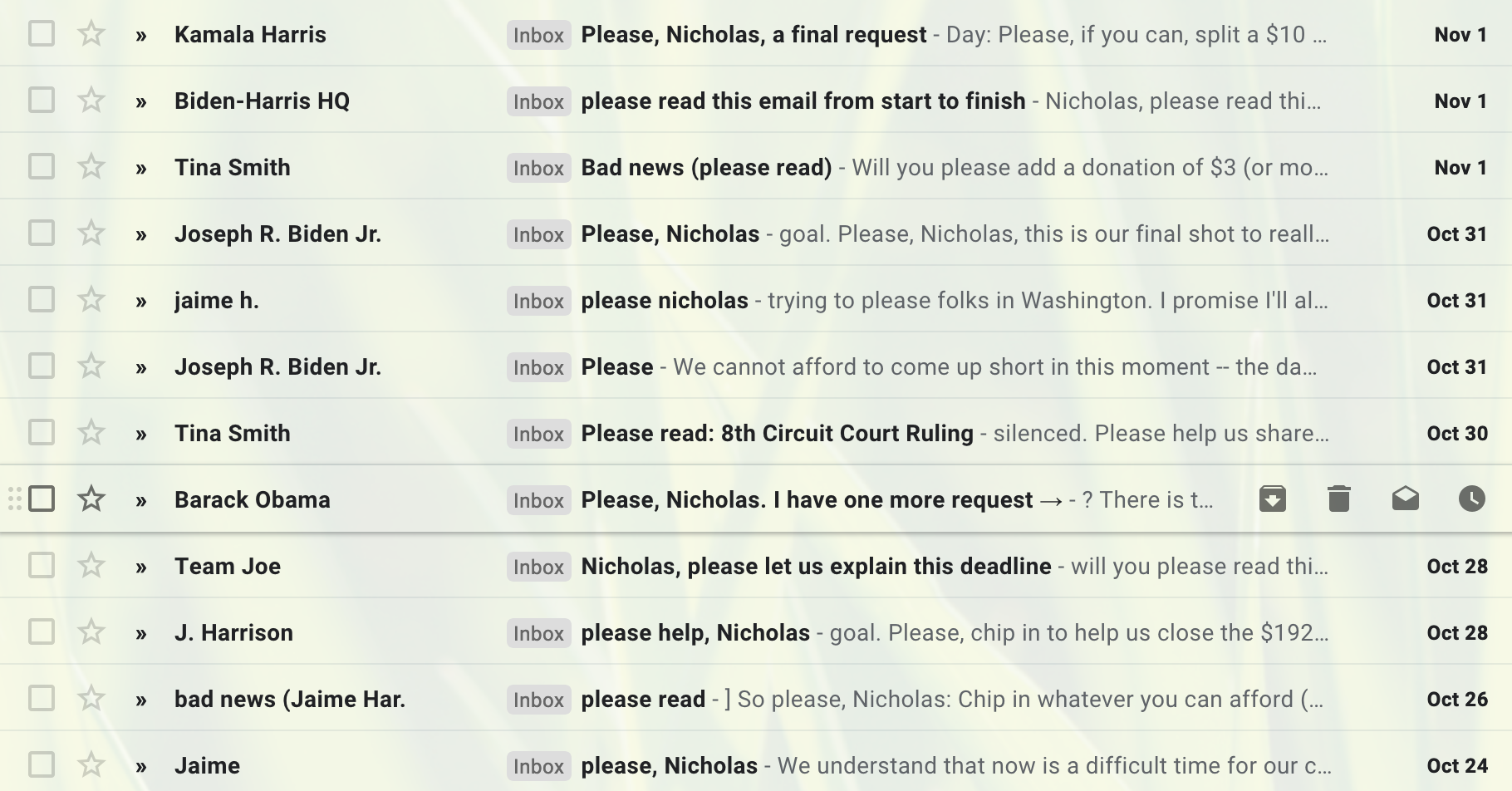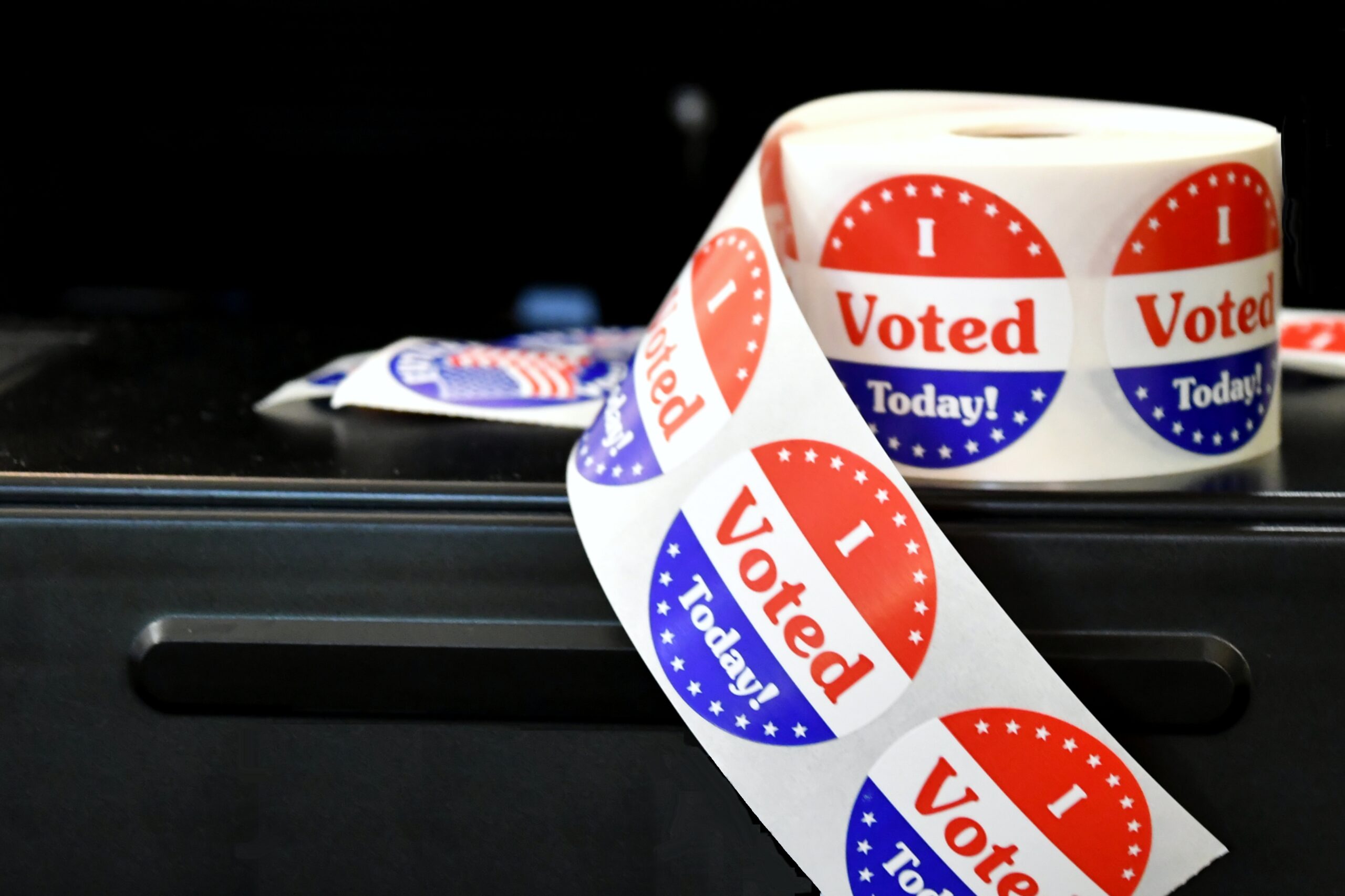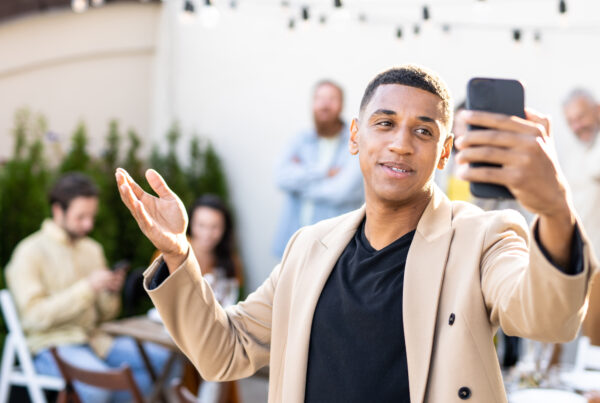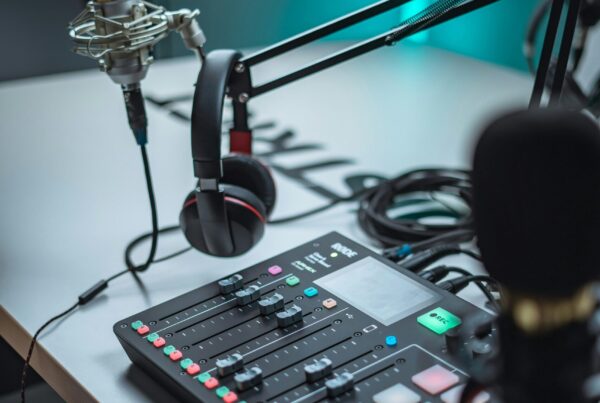In my second installment of The Ways the 2020 Presidential Campaigns Evolved Digital Marketing we’ll talk about how video content, emails and texting dominated during this year’s presidential campaigning. If you missed out on part one of the series, click here.
Video content finally took center stage
Marketers have been screaming about video content for the past decade, but 2020 was the first campaign cycle to harness it effectively. Don’t get me wrong — campaigns in past cycles have put together some beautiful video ads. But these videos were usually ads; long form and traditionally composed.
The 2016 cycle flirted with a more social-first video approach. Both major campaigns published clip-highlight reels underscored with bold, accessible subtitles. Each posted a few “candid” messages (remember the #Chillary Snapchat?). But neither put together frequent short-form content. You’ll have to take my word for it because it’s shockingly hard to search historical content on social platforms.
2020 saw both the Biden and Trump campaigns taking notes from popular YouTube channels and social marketers by creating video content formatted uniquely for social media engagement. Trump’s campaign ran ad dollars behind YouTube videos with catchy titles and catchier cover frames.
Biden’s campaign set him and Kamala up in Late Show-style formats.
Both Biden and Trump’s teams understood the importance of churning out extremely sharable video content. The content itself doesn’t have to be earth-shatteringly innovative or expensive. But those screaming marketers were right: video content is here to stay. Widespread adoption of smartphones and stable data connections have finally forced political campaigns to adapt. Your organization is next!
Emails got even more desperate
Campaigns have been testing subject lines for a long time now. Usually an email is composed for a specific audience with a specific call to action and then sent in small batches with different subject lines to discover which has the best open rate. Over time, this approach has led to a bit of an arms race. Mail merging a recipient’s name performs well. So does adding emojis. National figures getting creepily personal (“Nick, please help me —Barack Obama”) must get amazing results.
Despite expecting a routine escalation, things got even more extremely desperate than I could have imagined this cycle. Every subject line included weird unicode characters or urgent warnings of imminent danger. Grammar and formatting standards were thrown out in favor or something — anything — to make people click.
But hey, it has got to be harder than ever to get folks to click these days! Most recipients have caught on to the game. Gmail has automatically filtered promotional emails. Outside organizations and down-ballot candidates are fighting for attention. I can’t blame campaigns for going extreme.
After all, win or lose it’s all over on election day. Campaign lists can have a valuable afterlife, but a campaign’s primary incentive is to juice any possible donor or volunteer out of a list before then. Unsubscribes aren’t really a big deal when you look at it that way…

Texting, texting, texting
This one feels obvious. Chances are, a couple weeks before the election you received upwards of 20 texts from volunteers in a single weekend. Texting was a much more prominent form of voter outreach this cycle due to the constraints of the pandemic.
But texting programs were bound to expand this cycle even before the pandemic hit. Open rates on text messages are astronomically high. Voters, donors, and volunteers of all ages are way more likely to read and engage via text than email or phone. With every passing year, folks feel more comfortable sending personal information and money via text without ever hearing each others’ voices.
While many of these messages could be automated, both campaigns went through the trouble of getting real volunteers to send texts using scripts with prepared answers to common questions. This required specialized digital training tools and constant adjustments to the advised scripts — not to mention a ton of targeted contact lists. It’s all a bit more complicated (and less effective) than door-knocking, but I expect the texts to stick around for 2022 and 2024. There’s a lower barrier to entry for volunteers, and campaigns appreciate the ability to shift targets and messaging with the click of a button.
[Note: Texting is one national campaign tactic that I suspect may be more successful for smaller organizations with more attentive audiences. A single volunteer text feels a lot more special than 20.]






